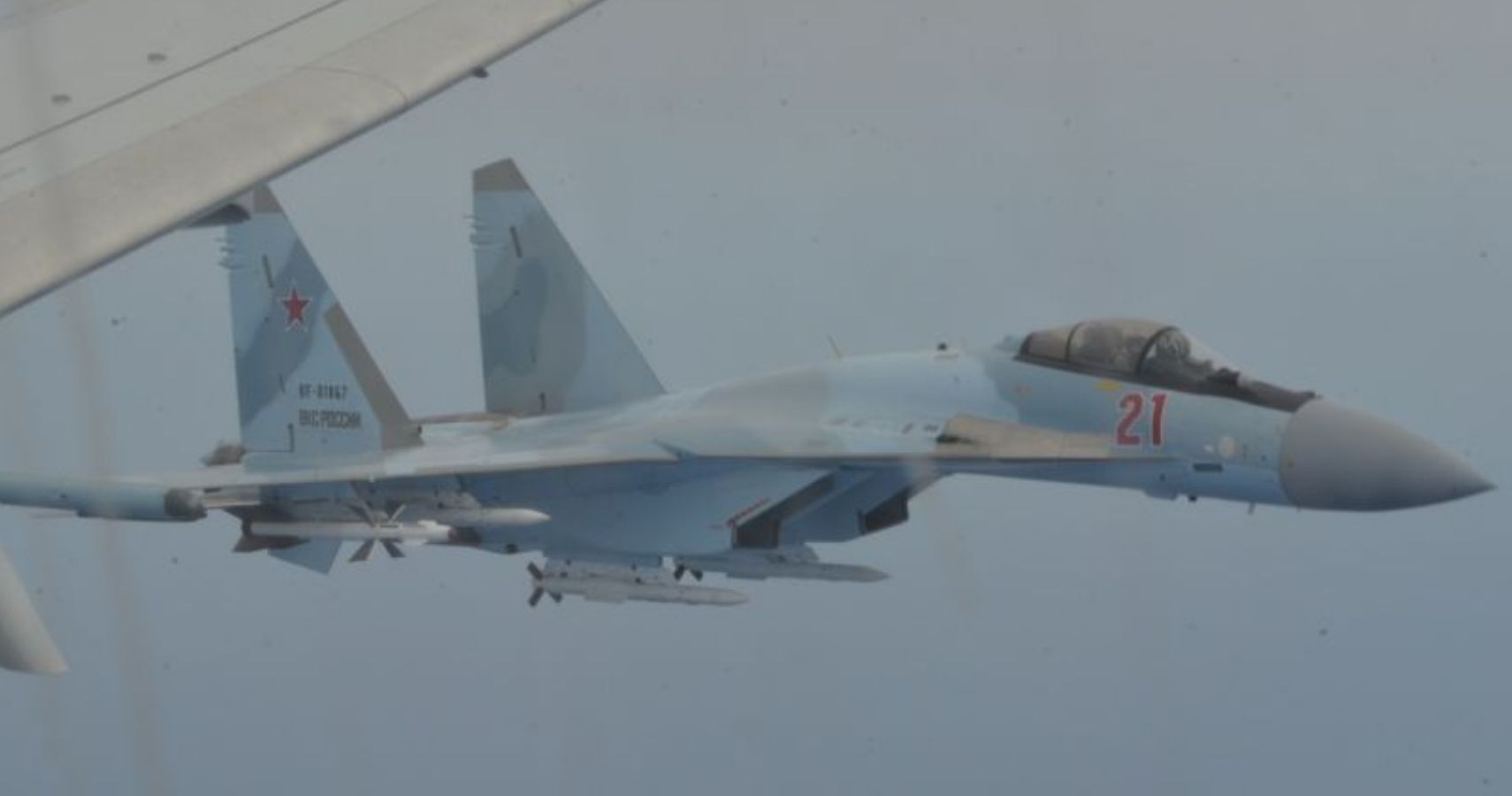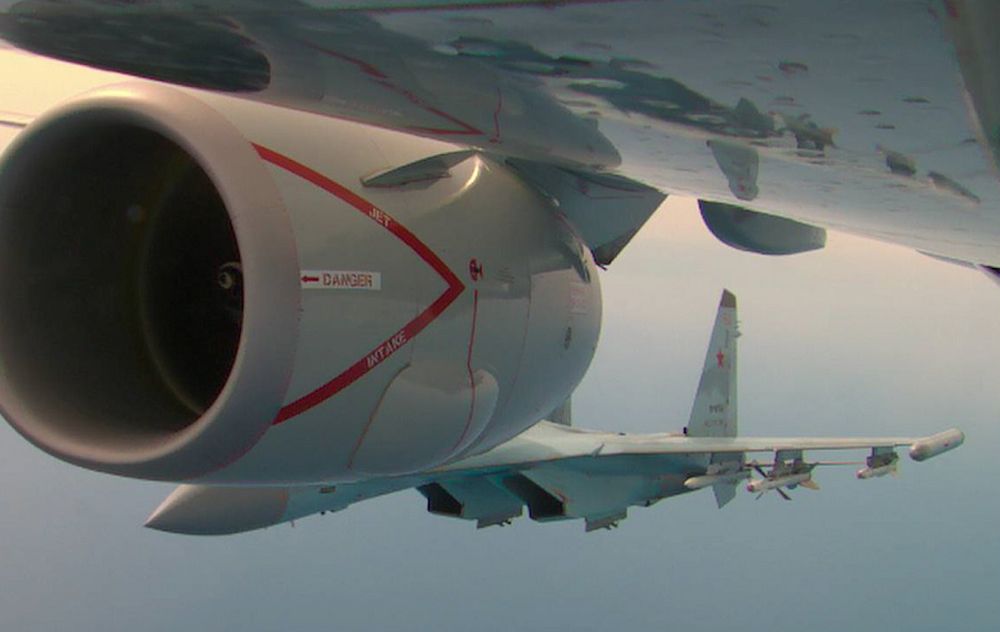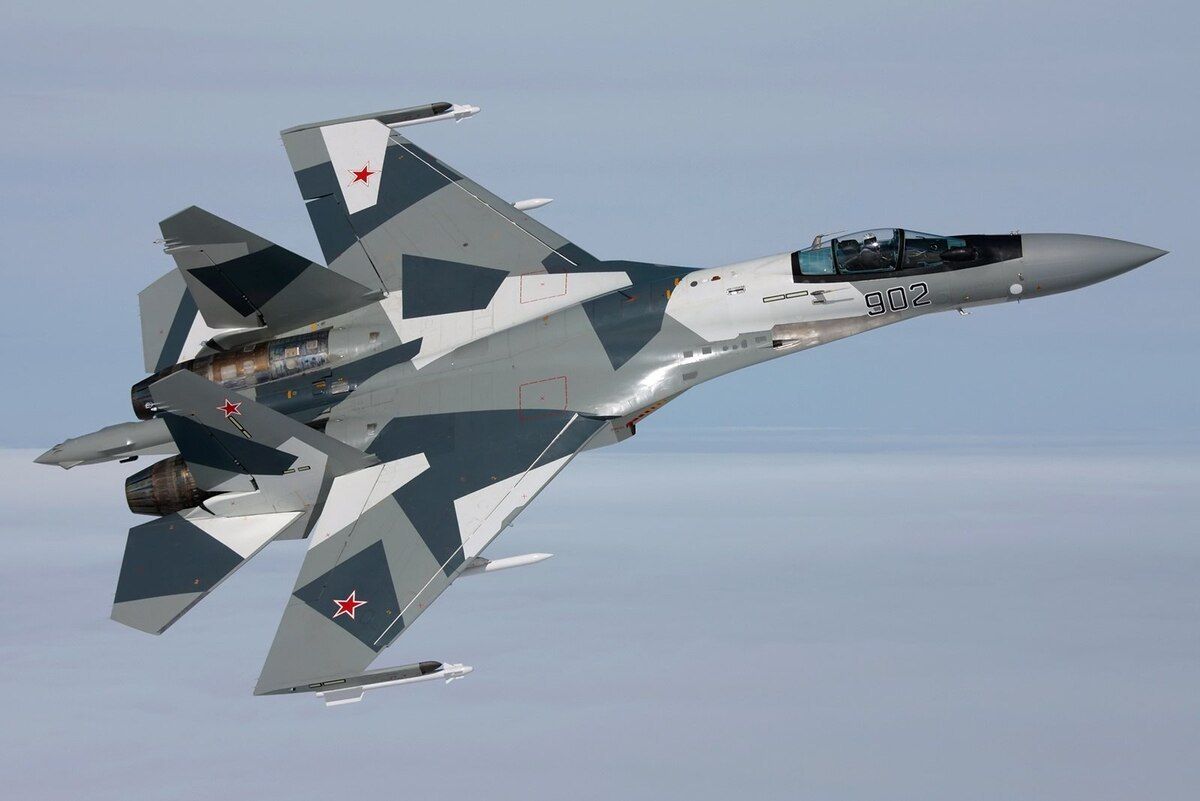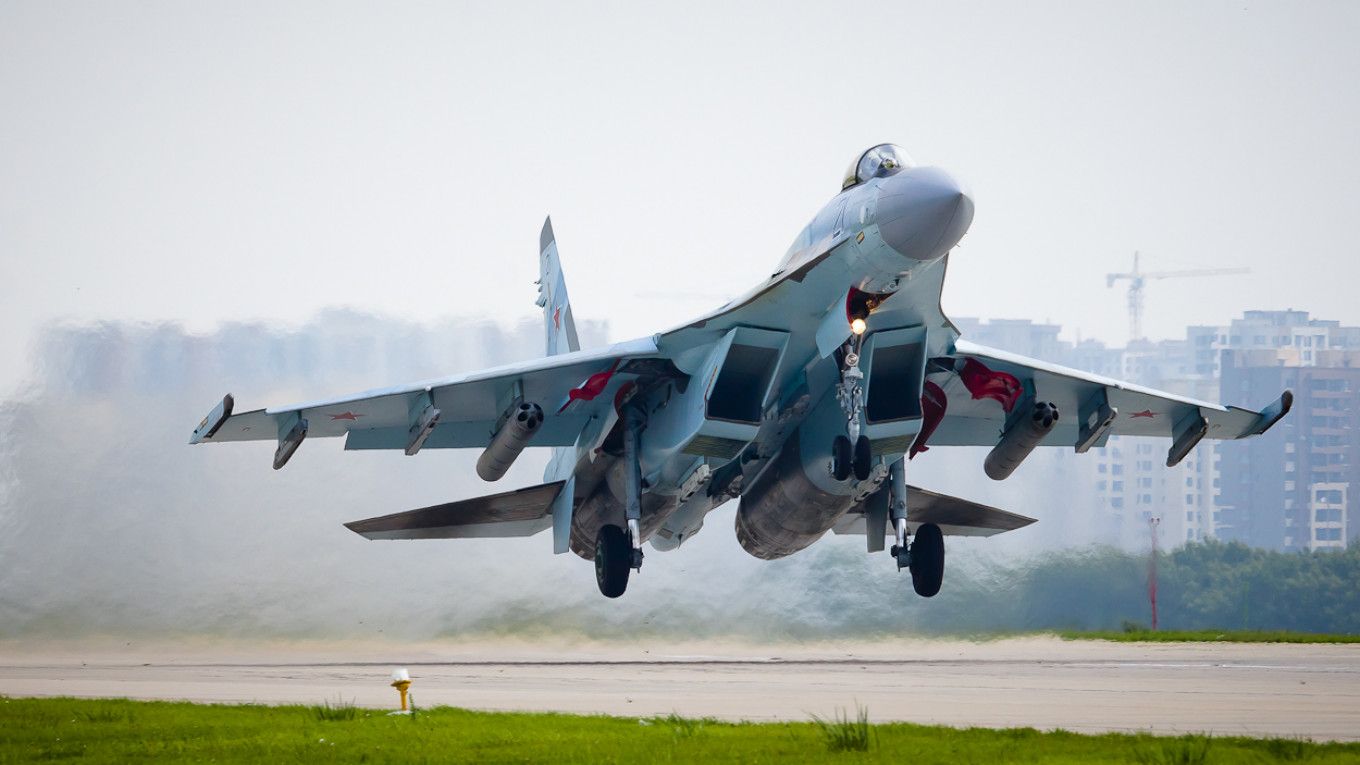The U.S. Navy is up in arms over a Tuesday incident involving one of its patrol planes and two Russian fighter jets above the Mediterranean Sea. While operating in international waters, the P-8A Maritime Patrol and Reconnaissance Aircraft found itself flanked by a pair of Russian Su-35 fighters, positioning themselves dangerously close to each of the Navy plane's wings, compromising its movement. Let's see what these latest developments mean.
Interception Jeopardized Aircraft Safety
Video released by the P-8A aircraft showed the fighter jets were flying so close to the aircraft, the weaponry under the wings of one fighter was clearly visible. The Navy was far from impressed that the interception happened at all, since the patrol plane, modeled after a civilian Boeing 737, posed no threat to any aircraft and was on a flight path in accordance with international law.
“The unnecessary actions of the Russian Su-35 pilots were inconsistent with good airmanship and international flight rules, and jeopardized the safety of flight of both aircraft,” said Navy officials in a prepared statement about the incident, which lasted for more than an hour.
This Has Happened Before
The encounter is the third incident since April in the same region. The other two events also involved Su-35s and ended without major incident. "In all cases, the U.S. aircraft were operating in international airspace, consistent with international law, with due regard for safety of flight, and did not provoke this Russian activity," added the Navy.
It Could Have Ended Badly
Had either Russian pilot been in trigger-happy mode, the navy aircraft could have been brought down with very little effort. The Su-35 boasts a 30mm internal cannon with 150 rounds of ammo. Its fuselage and wing ports are capable of launching more than 17,000 lbs. of ordnance, including air-to-air and air-to-surface missiles.
It's more likely that the pilots were trying to intimidate Navy officials on board the P-8A in the wake of the U.S. making public footage of Russian fighters heading to Libya. The images shot during a Navy patrol of the eastern Mediterranean documented evidence that Russia was assisting mercenaries backing attempts by Libya's rogue general Khalifa Haftar to overthrow the country's UN-sanctioned government.
Sources: Business Insider, The Drive, Washington Times




